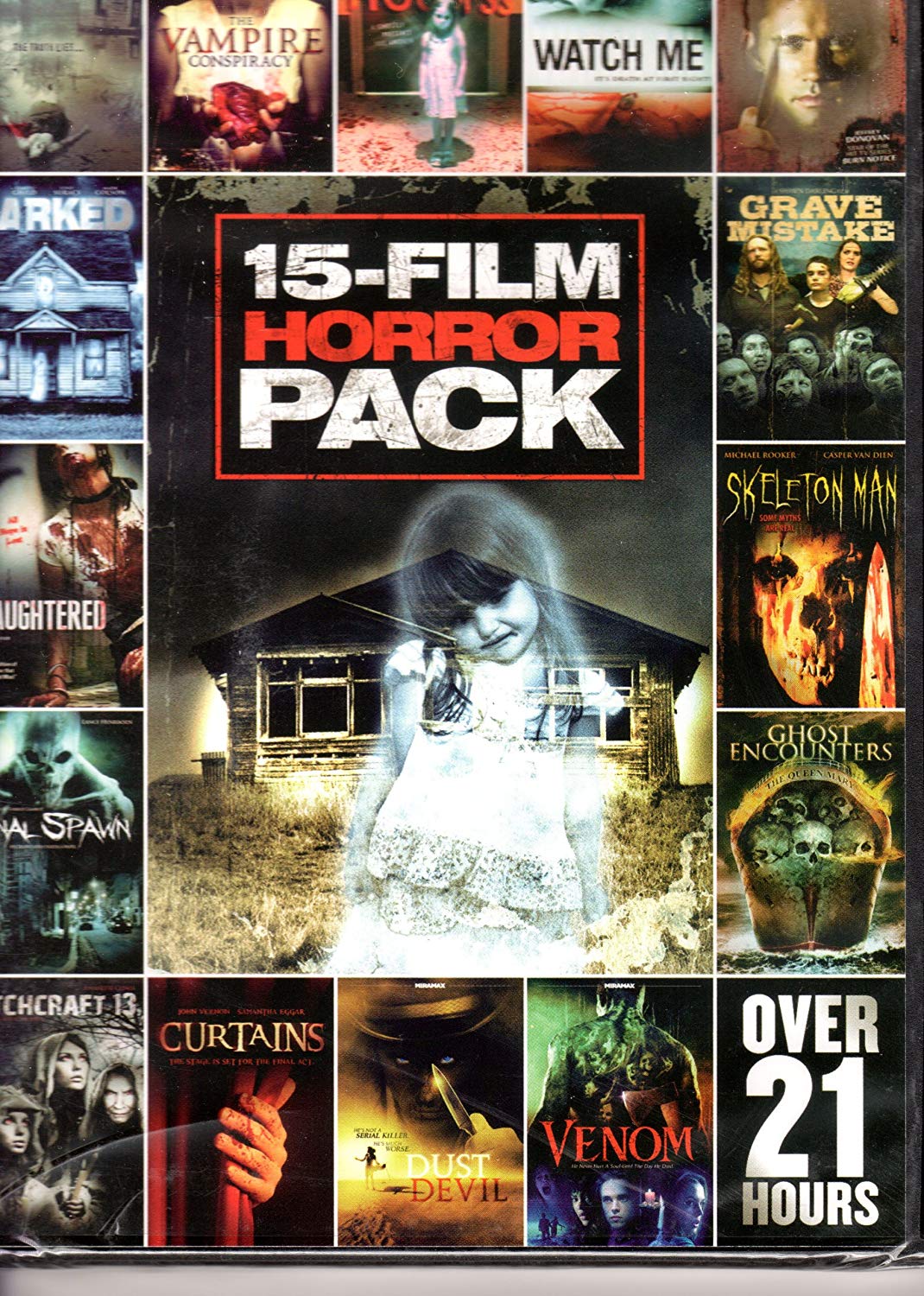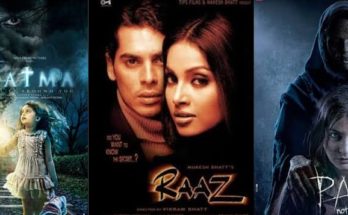What makes collectors of vintage horror movie posters so passionate?
You could start with the history of horror movies and the impact they have had on American culture particularly before 1960. Horror and Sci-movie from the early 30’s to mid 50’s seem to have a cult following that continues to this day. People are still fascinated with the imagination of these early movie producers and directors that our craving for the creepy crawlies. Even Ed Woods who was considered the worst director in Hollywood in the 1950’s has a large following for his corny horror productions and original memorabilia. Just scan the internet for “Dracula” movie posters or lobby cards and if you find an original piece the price will be well into the tens of thousands of dollars.
But, what really attracts serious collectors are the immortal “legends of horror” namely Bela Lugosi, Boris Karloff and the Lon Chaneys To acquire an original vintage lobby card from one of their most memorable titles is every collector’s dream. An original one-sheet for Boris Karloff’s “The Mummy” sold in the 1990’s for over $500,000. If you have ever seen an original movie poster in person, it would be an unforgettable experience, many of them have artwork that is breath-taking.
Also, vintage horror posters were created by talented artists, unlike today’s computer-generated posters. This offered an opportunity to be creative and original and not bland or predictable like the computer. If you are a collector or someone who would love to acquire one of these memorabilia treasures, the bad news is original authentic horror posters are very scarce and difficult to find. The good news is there are a few reputable dealers out there that can help with your search. Just type Vintage Movie Posters in Google and look at the websites on the first page and get a feel for who looks professional enough to fulfill your needs.
Horror Movie Posters is at once a beautiful book to browse and a fascinating chronicle of advertising art through the decades. Just a cursory look reveals how the graphic art evolved, from the incredible stone-lithography of the golden age (silents to late ’30s) through the more garish ’50s style to the photo-based designs so common today.



